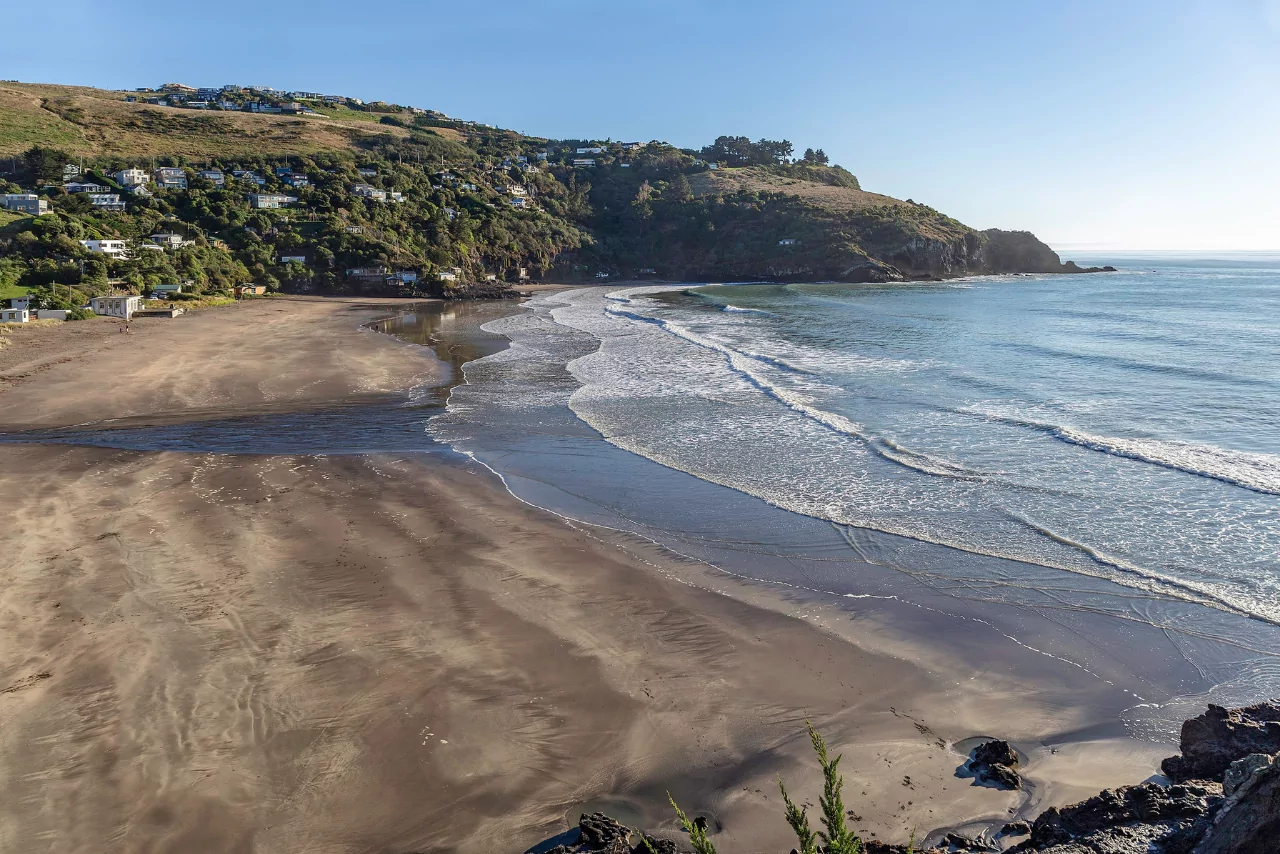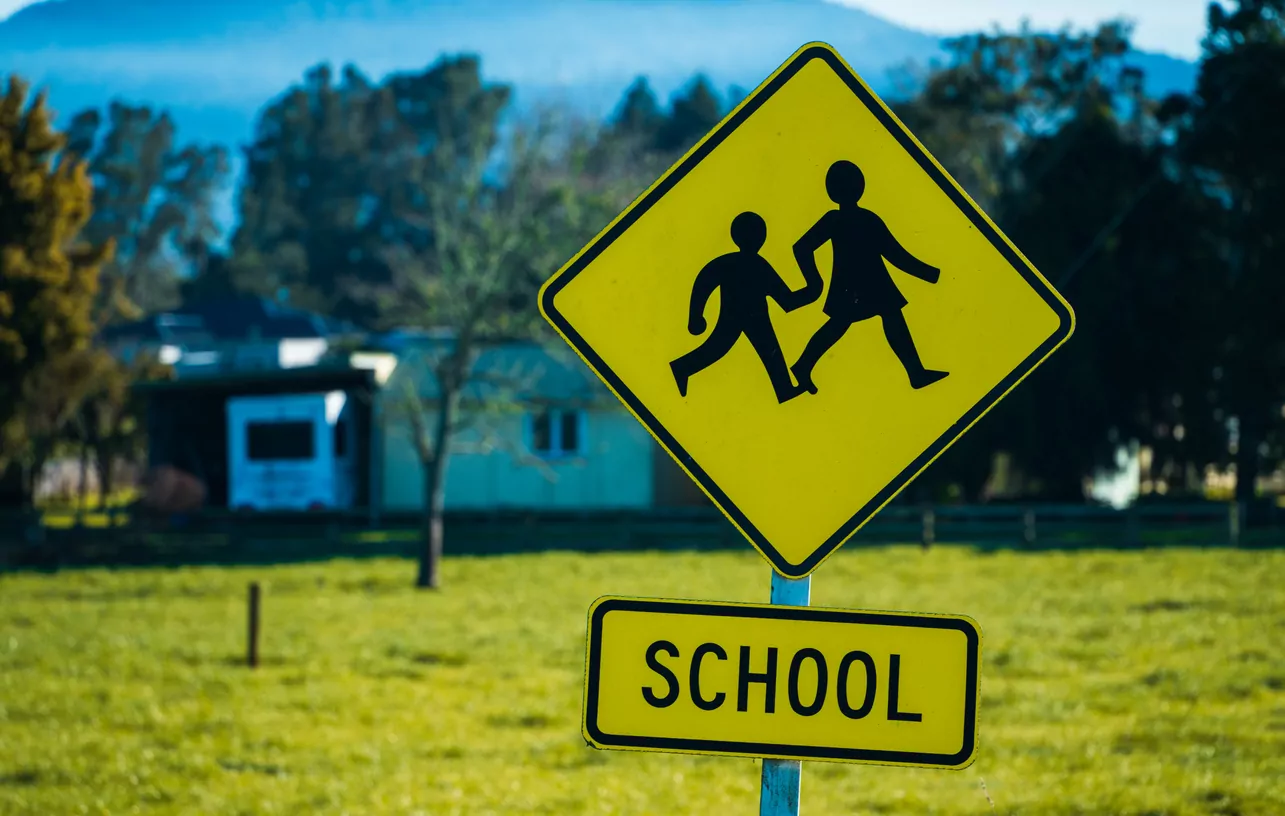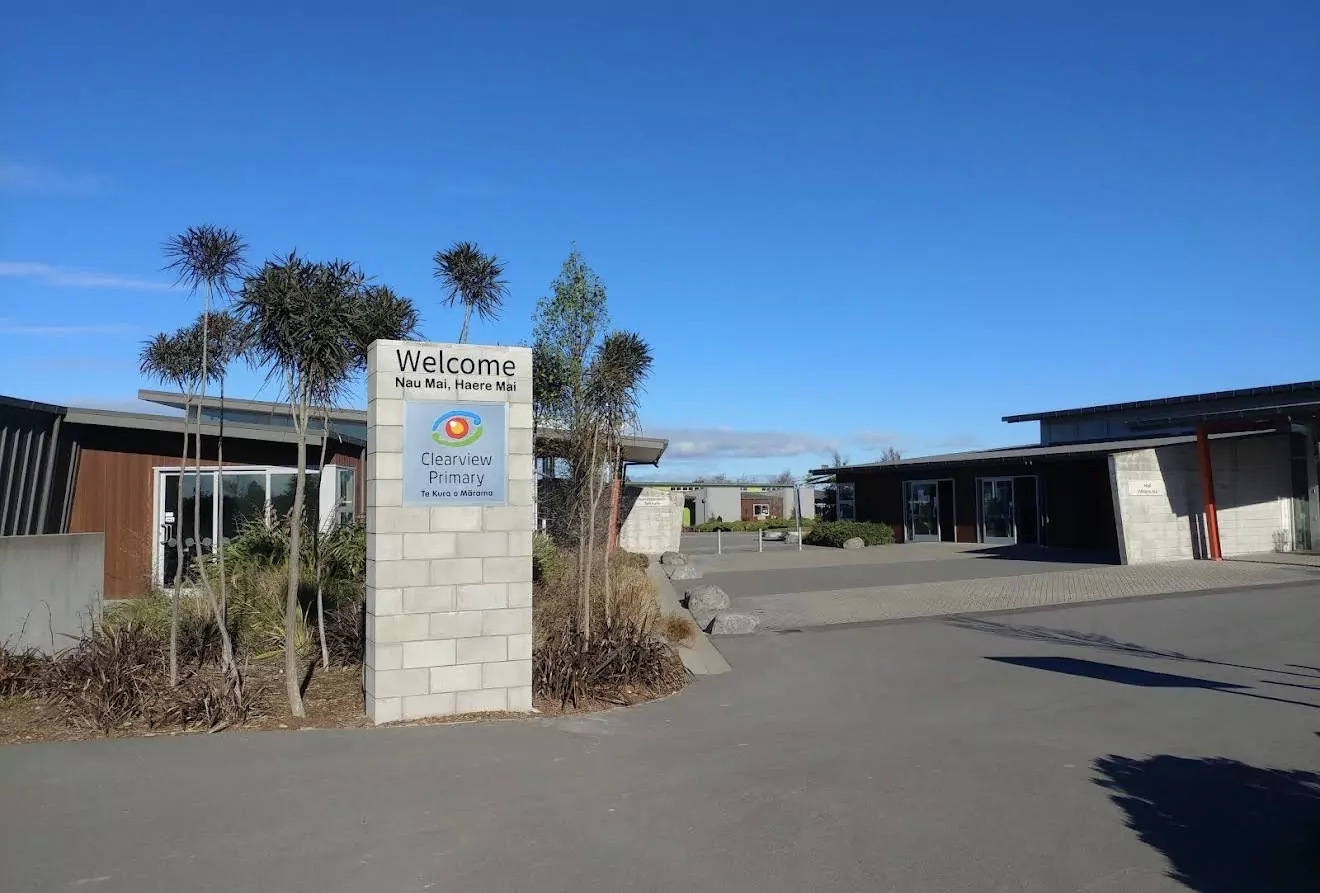A major international exhibition has opened in Christchurch, with Orana Wildlife Park hosting the New Zealand premier of National Geographic’s The Greatest Wildlife Photographs.
The exhibition has been described as a rare chance for visitors to view more than 70 striking wildlife images from the pages of National Geographic magazine while surrounded by the real animals that inspired many of the photographs.
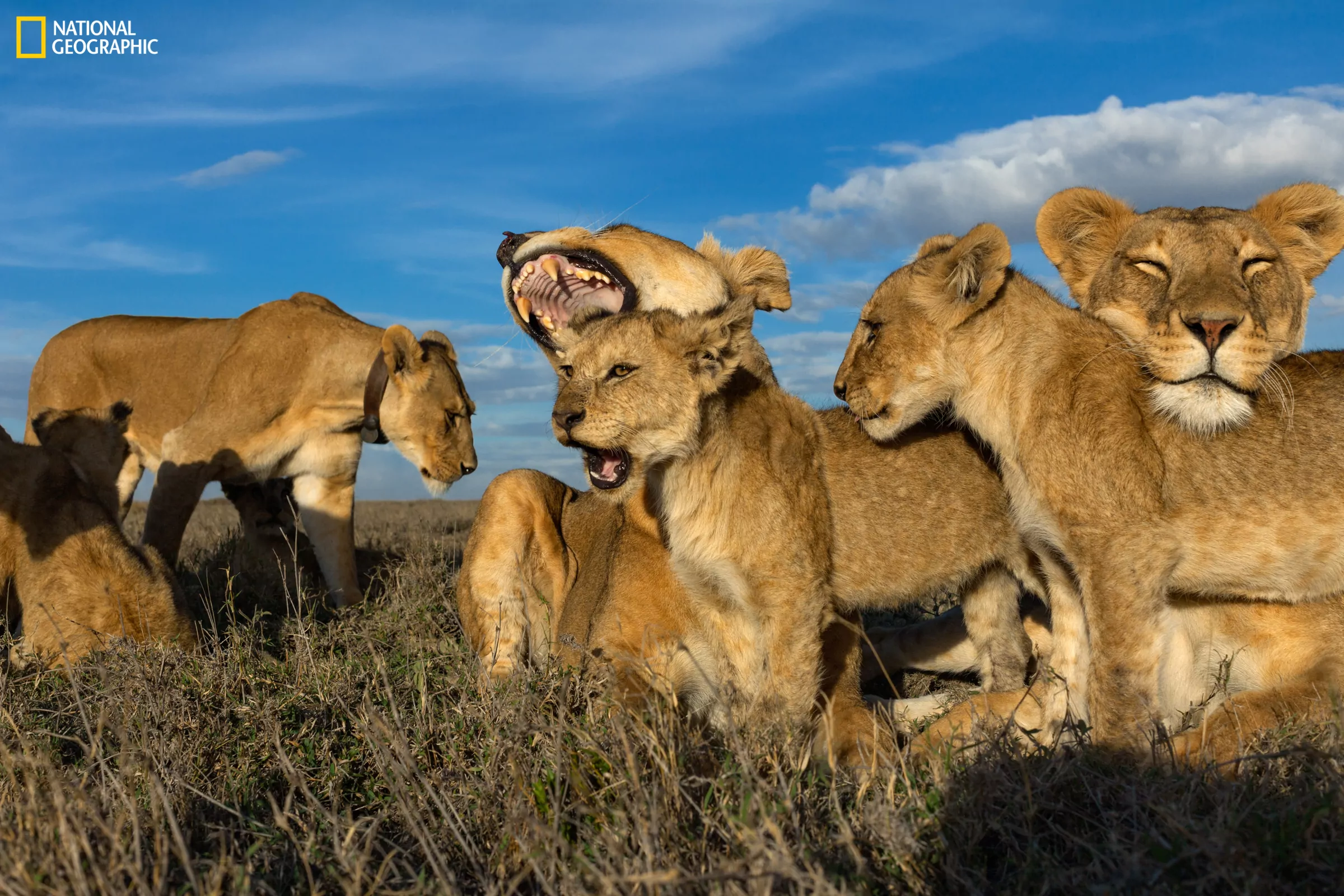
VUMBI PRIDE
Photograph by Michael Nichols
Serengeti National Park, Tanzania, 2011
Michael Nichols set out to illuminate the lives that lions lead, wanting the world to see them in a new way. These massive cats are usually photographed from a vehicle at a downward angle, but Nichols wanted a different perspective. He worked with a team to build what was dubbed the “lion tank.” The vehicle was motorized, and like a remote-controlled car, navigable through the hills and dales of lion terrain. Its cameras were completely encased in metal, rendering them impervious to a lion’s curiosity. Nichols controlled the camera from the safety of his vehicle, while he sent the tank into the middle of the pride—the heart of lion existence. Once the lions sniffed it and realized it was harmless and not edible, they relaxed, and Nichols was able to maneuver it into an eye-level view of the pride—seeing the world like a lion.
Orana Wildlife Park Chief Executive Rachel Haydon said she was thrilled to bring the showcase to Christchurch. She said the images captured the raw beauty and untamed spirit of wildlife and offered powerful stories from the natural world.
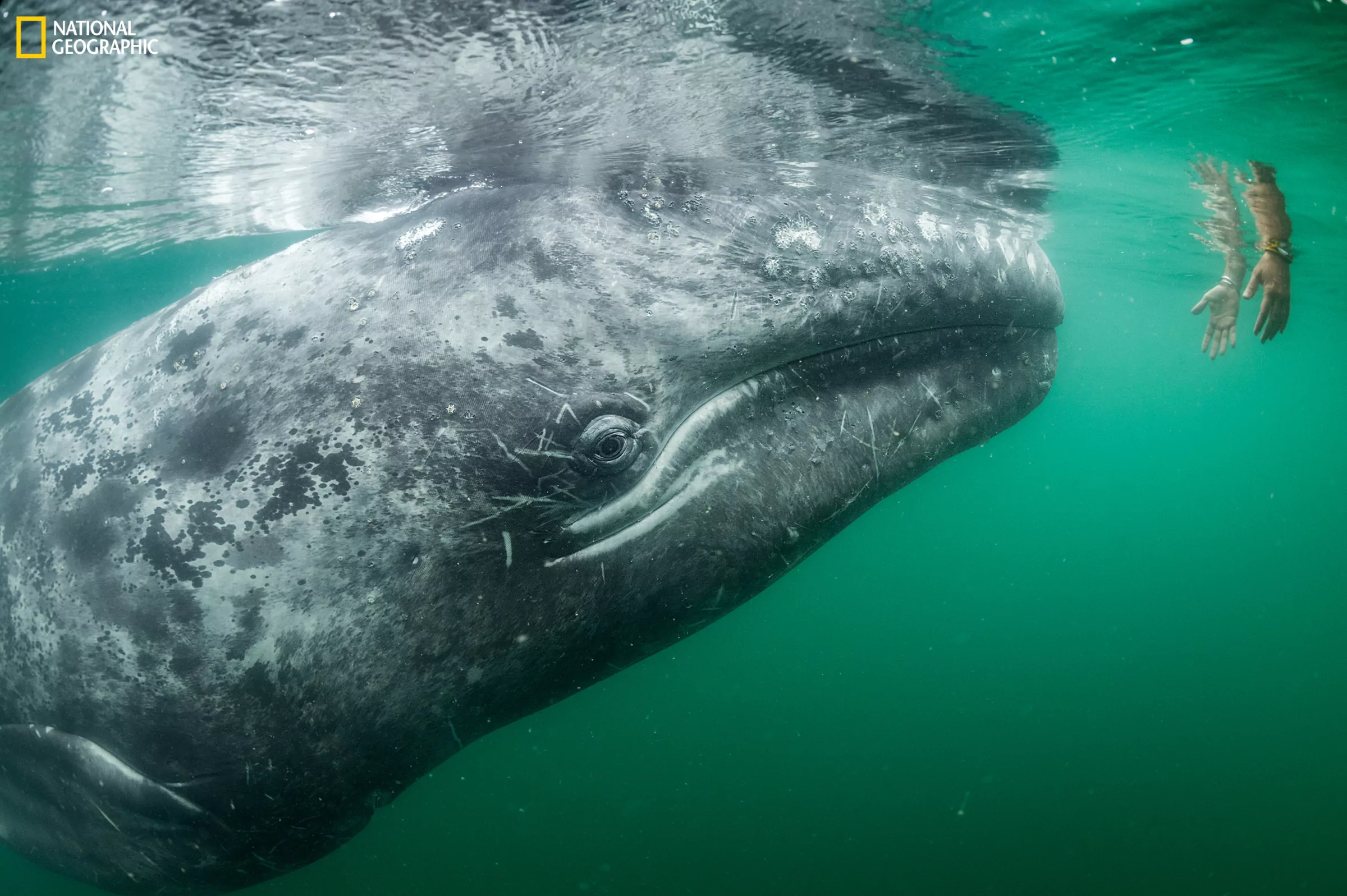
Photograph by Thomas P. Peschak
San Ignacio Lagoon, Mexico, 2015
The whales in Baja lagoon want attention. And if you don’t engage with them, they move on to the next boat. For Peschak, photographing these whales was an exchange—alternating between giving the whale the attention it wanted and then sneaking in the pictures that he needed to make. It is a rare moment for a photographer of wildlife when the subject is too close, but Peschak, using a wide-angle lens, had many moments where the animals were just that, and he had to wait for the creatures to move back before he could press the shutter.
The exhibition has been curated by National Geographic nature picture editor Kathy Moran and features work by world renowned photographers including Michael Nichols, Steve Winter, Paul Nicklen, Beverly Joubert and David Doubilet. It also highlights how advances in technology such as remote imaging, camera traps and underwater systems have allowed photographers to reach wildlife in new ways.
National Geographic has featured wildlife photography for more than 115 years, beginning with its first published image of a reindeer in 1903. The organisation said the collection reflects its long history of artistic and scientific achievement.

Photograph by Paul Nicklen
Ross Sea, Antarctica, 2011
The best photographers bring viewers to places they’ve never been and immerse them in an experience. Photographer Paul Nicklen recalls his experience capturing this photograph: “I was in the Ross Sea in Antarctica working on a National Geographic story about emperor penguins. I was photographing the penguins launching themselves onto the ice from the water.” Penguins’ explosive speed helps them get out of the water fast, clearing ice that can be several feet thick, as deadly leopard seals lurk at the ice’s edge.
Haydon said the exhibition offered an immersive experience for visitors as wildlife and the arts come together in one place.
The Greatest Wildlife Photographs is presented by the National Geographic Society and will remain on display at Orana Wildlife Park until 30 April 2026. The exhibition is included in standard admission.




